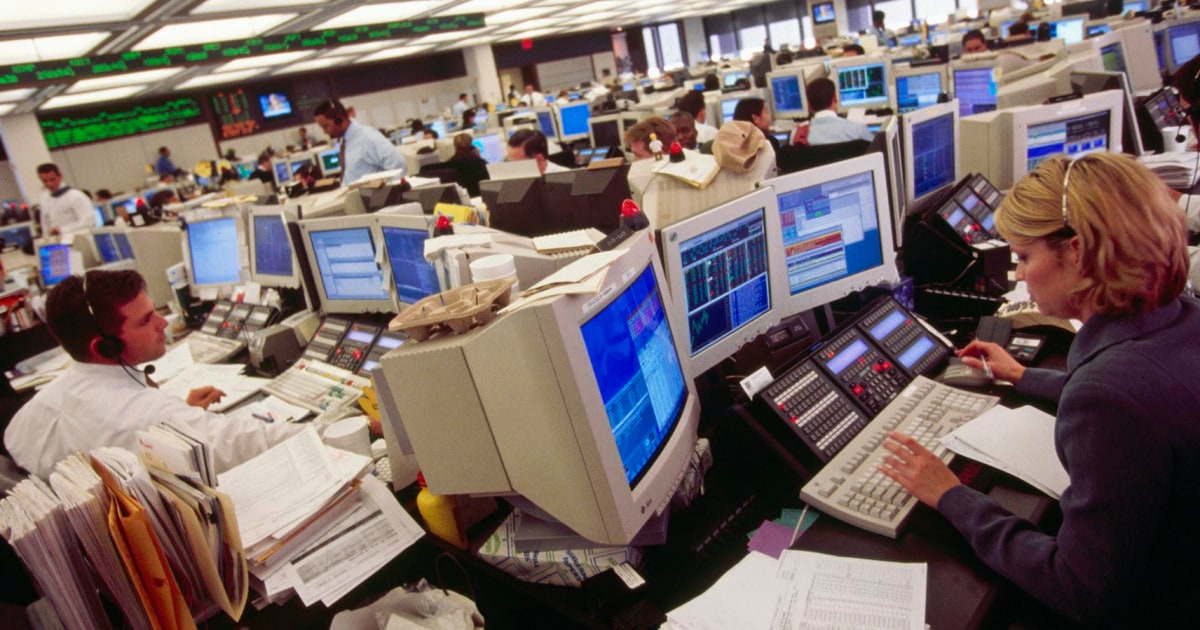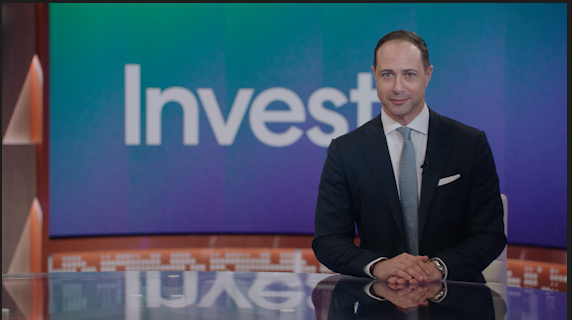But there was skepticism, too.
Legendary investor Warren Buffett — known as the Oracle of Omaha — likes to look at the ratio of total stock market valuation relative to the size of the U.S. economy, or gross domestic product.
His measure, known on Wall Street as the “Buffett Indicator,” reached a record high over 140% during the dot-com boom, right before the market crashed.
Today, the Buffett Indicator is above 210%, dwarfing its peak 25 years ago.
“If the ratio approaches 200% — as it did in 1999 and a part of 2000 — you are playing with fire,” Buffett, the chairman and CEO of Berkshire Hathaway, wrote in Fortune magazine in 2001.
For now, markets are on fire — a lot like they were in the go-go days of the late 1990s.
In 1996, then-Fed Chair Alan Greenspan warned of an “irrational exuberance” that had taken hold of investors and might have “unduly escalated asset values.”
He would eventually be proven right, but not for three more years. And during that time, the Nasdaq more than doubled before the bubble finally burst.
Today, top tech analyst Dan Ives thinks there’s still room to run.
“This AI arms race, we’re in a 1996 moment today, not a 1999 moment,” Ives, a managing director at Wedbush Securities, said on CNBC’s “Closing Bell” this month.
But others are more cautious.
JP Morgan Chase CEO Jamie Dimon told the BBC on Thursday that he’s concerned about a broader stock market “correction” — when a stock index loses more than 10% of its value.
“I am far more worried about that than others” in the financial industry, he said.
Nonetheless, “I’m not saying next year,” Dimon added. “Because the timing of these things is almost impossible.”
Even for the smartest people in the industry, calling a bubble is one thing, but timing it is another.


